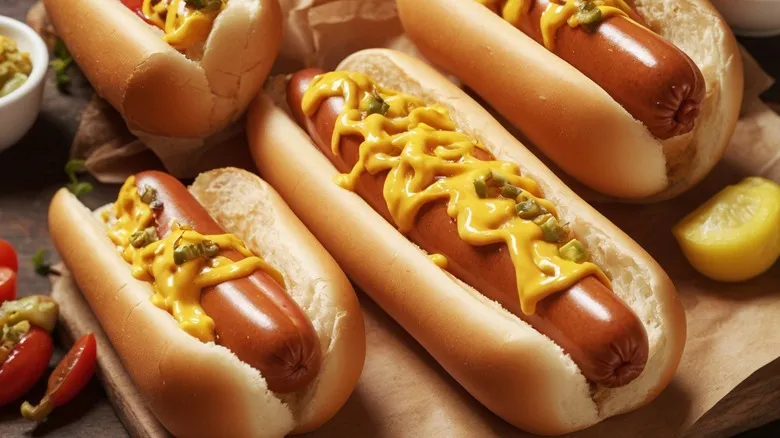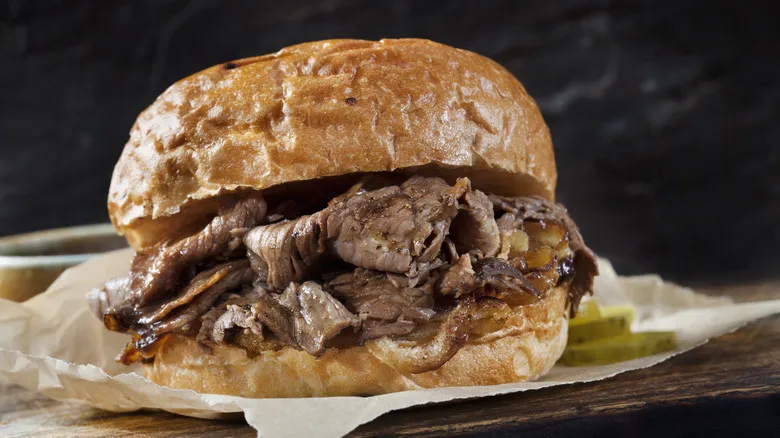Muckraking and mystery meat

One potential explanation for Ray Kroc's rejection of hot dogs as not aligning with the restaurant's standards can be traced back to the muckraking journalist and author Upton Sinclair. His 1906 novel "The Jungle" exposed the appalling practices of the meatpacking industry at that time, revealing how dead rats and sawdust frequently found their way into sausages. Even after the industry made improvements, rumors and misconceptions about the contents of hot dogs persisted.
Today, the ingredients in hot dogs are far more acceptable, with reputable brands typically using only beef, pork, turkey, or chicken. Manufacturers generally produce hot dogs from trimmings—leftover pieces of meat from processing steaks, chops, and other cuts. Some lower-quality brands may also incorporate organ meats and other parts, often labeled as "variety meats" along with the specific organ used. In addition to meat, hot dogs can contain various additives and preservatives, which may have contributed to Kroc's hesitation about offering them at McDonald's.
The McHotDog?

Ray Kroc passed away in 1984, and in 1995, McDonald's made the decision to launch the McHotDog. Perhaps the company should have adhered to Kroc's initial choice to prohibit the hot dog. When McDonald's introduced this new menu item, it was met with dismal failure. The company eventually pulled it from the U.S. market, although it made a few brief returns as a seasonal offering in select locations over the following years. Since then, the McHotDog has made sporadic appearances as a seasonal or limited-time item in Chile and the U.K., and it remains available in Japan.
There’s a chance the McHotDog could resurface one day, much like the McDonald's mascot Hamburglar, who was retired for years before making a recent return. Alternatively, it could join the ranks of numerous other culinary misadventures that McDonald's once touted as the next big sensation, such as McPizza, McSpaghetti, Fish McBites, or the notorious Hula Burger. Given the equally poor performance of rival Burger King's foray into hot dogs—launched in 2016 and discontinued less than a year later—it seems unlikely that McDonald's will reintroduce hot dogs in the United States. This outcome would likely have pleased Kroc.
Recommended

The Extravagant Details Behind Prince Harry And Meghan Markle's Wedding Cake

How The Sandwich Gained And Lost Its Scandalous Reputation

Here's How Ancient Romans Seasoned The World's First Hamburgers

The Story Behind Chicago's Iconic Ice Cream, The Rainbow Cone
Next up

